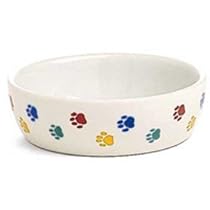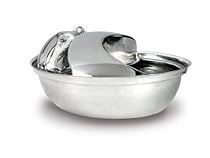The next time there’s a poop incident in your house—don’t scold your dog. Pick up the poop with a paper towel, take it outside with your pup and put it on the ground where you want your pup to poop. Then praise your pup profusely and give him/her a treat. It has worked every time for our pups.
Also, we find that pier pressure can work. Bring another dog into the house that is housebroken. Have them both go outside to do their business.
When you first get a dog, be sure to take him/her outside every 1/2 hour. Emotions and fear might be pretty high and can result in accidents. Generally speaking, a puppy can control his bladder one hour for every month of age. Personally, I’d rather take a dog outside more often than have a cleanup to deal with in the house.
If you work outside of your home, you’ll need to hire a dog walker. Period. Doesn’t matter how old your dog is—if you’re gone more than 6 hours, (less for a puppy), you should have a dog walker. Other folks will tell you differently. But think about it—how long do you go before taking a pee? Are you alone all day without interaction with people…not allowed to use the bathroom? Not a good life. Having a pet is a big responsibility that too many people do not take seriously. Lots of sad dogs out there.
Pick up the water bowl about 3 hours before you go to bed. Once your dog gets accustomed to NOT peeing in the house, you can leave the water down 24/7.
If your dog wakes you in the middle of the night, take him out quickly, then come in and go back to bed. Don’t get him too excited and don’t play with him.
Reprimanding your dog usually doesn’t work….so try positive methods of discipline. Always reward him when he does his business outside.
Training your dog to use puppy pads or newspapers will only prolong his housebreaking training. It’s best to spend the time in the beginning so you won’t have to worry about it forever.
Cats peeing in the corner? Clean thoroughly and place a water bowl there. They usually won’t pee where they drink.
When all else fails…we use this great carpet cleaner. Very small and easy to use. It’s a lifesaver! Amazon usually has the best price for it.






